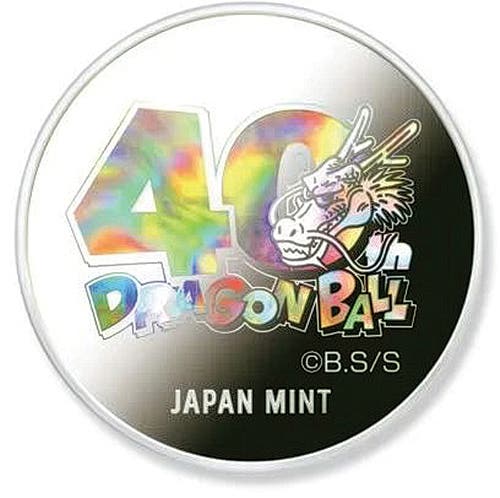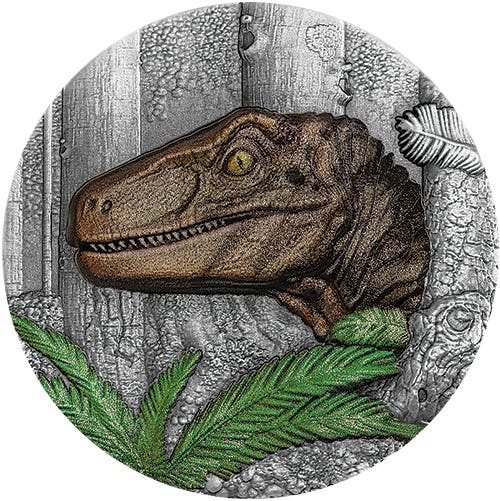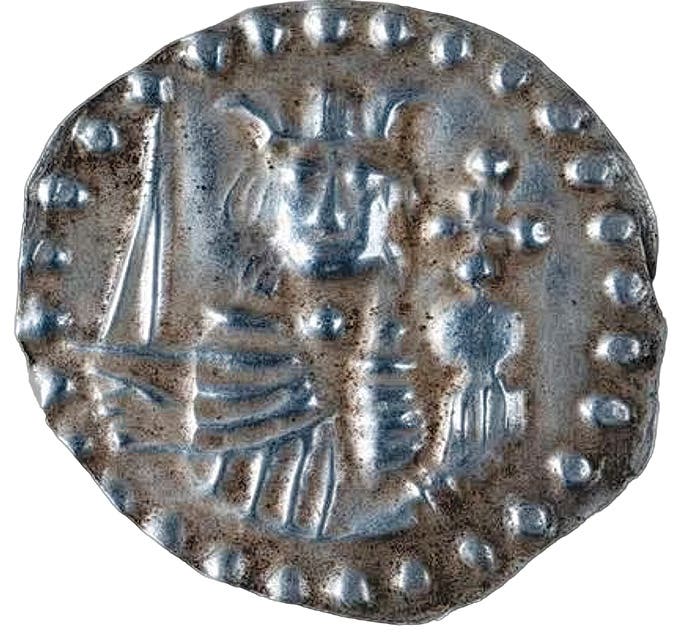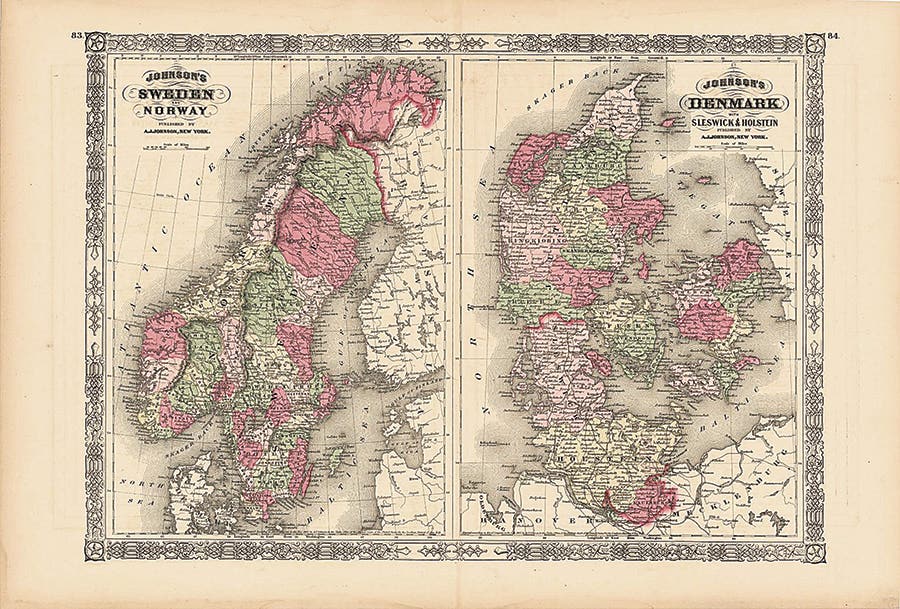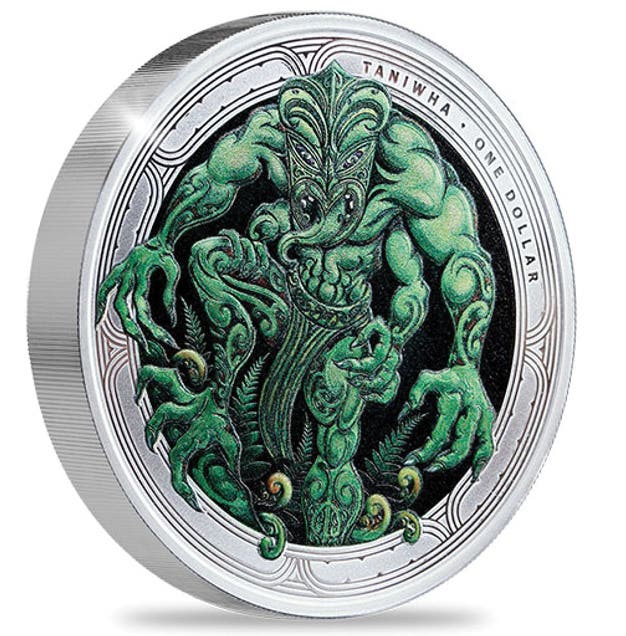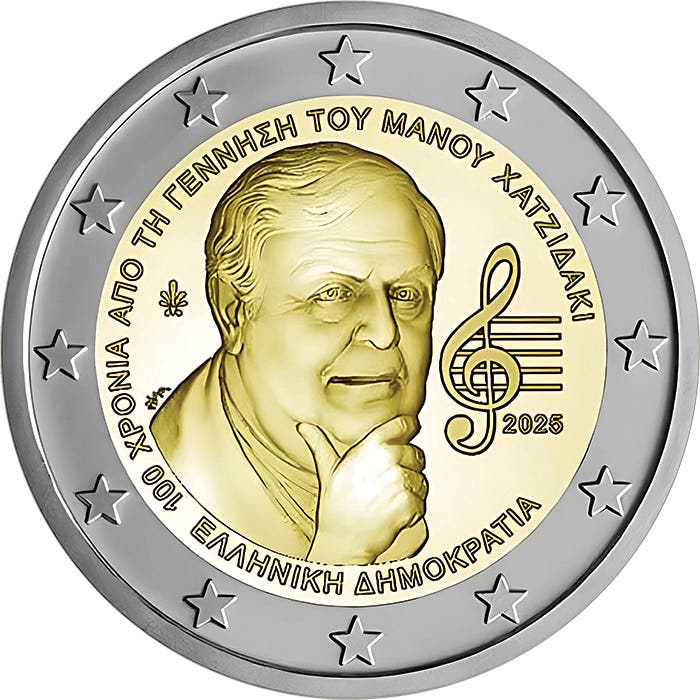Denver’s first nickel
By Tom LaMarre The Wild West era may have ended, but you would never have guessed it reading the “Little Colorado Items” column in the Jan. 26, 1912, Yuma, Col.,…
By Tom LaMarre
The Wild West era may have ended, but you would never have guessed it reading the “Little Colorado Items” column in the Jan. 26, 1912, Yuma, Col., Pioneer.
“Frank Vance, a noted gunman, was shot and killed at Kokedale recently,” was one of several tidbits regarding shootings, saloon robberies and masked hold-up men.
Of greater interest to coin collectors was another item: “Beginning Feb. 1 the Mint at Denver will coin nickels for the first time in its history.”
Nickels had been struck exclusively at the Philadelphia Mint since 1865, but the situation was about to change.
“Arrangements have been made for the manufacture of nickels at the Denver Mint,” the Dec. 1, 1911, Yuma Pioneer reported.
The Dec. 5 Quincy, Ill., Herald said that for the first time in history the Denver Mint would begin the coinage of nickels. “Previously the five-cent pieces circulated on the Pacific slope have been shipped from Philadelphia.”
The expense of shipping coins cross-country from the Philadelphia Mint, a population boom in the West and unprecedented demand for small coins were behind the decision to allow the Denver (and San Francisco) Mint to begin striking nickels.
The Dec. 7, 1911, Turner County, Co., Herald said, “As the demand for small coinage is growing rapidly in the West it has been decided to turn out nickels there.”
The striking of the first Denver Mint nickels attracted attention as far away as Hawaii. The Jan. 2, 1912, Honolulu Evening Bulletin said Denver would begin the coinage of nickels in January. But the expected start-up date was soon changed to Feb. 1.
Despite their name, nickels contained more copper than nickel. The copper used in the production of 1912-D nickels came from the West.
“Beginning Feb. 1, the United States Mint in Denver will coin nickels for the first time in its history,” the Jan. 24, 1912, Montrose, Co., Daily Press said.
“Superintendent Danvers stated today that Western copper will be used entirely. A five-cent piece is composed of 75 percent copper and 25 percent nickel.
“The coins will be used in the Rocky Mountain territory, owing to the dearth of those coins for the first time in a decade.”
As noted by U.S. Mint Director George Roberts in his annual report, the first delivery of 1912-D nickels, some 20,000 coins, was made Feb. 5, 1912.
Under the direction of coiner John Wells, nearly 8.5 million nickels were struck at the Denver Mint in 1912. They were distinguished by an almost microscopic “D” on the reverse.
Colorado residents loved them, notwithstanding the fact that most 1912-D nickels were weakly struck.
“It is not frequent at this season of the year that coins made in the new year are in general circulation,” the Feb. 23, 1912, Fort Collins Weekly Courier said. “Nickels and pennies of 1912, however, are being circulated now in large numbers.
“These coins are Denver made, the Mint at the capital city having but recently been ordered to make them.
“A large number of the smaller coins are being sent out by the Denver banks and many of them have found their way into this city. The pennies are of the Lincoln design, while the nickels are of the usual stamp.”
The lackluster reference to the nickels’ design reflected its growing unpopularity. In 1913 it gave way to the Buffalo nickel, making the 1912-D the only Liberty Head nickel struck at Denver. A Fine-12 survivor is valued at less than $12.
This article was originally printed in Coins Magazine. >> Subscribe today.
More Collecting Resources
• The Standard Catalog of World Coins, 1601-1700 is your guide to images, prices and information on coins from so long ago.
• Start becoming a coin collector today with this popular course, Coin Collecting 101.




